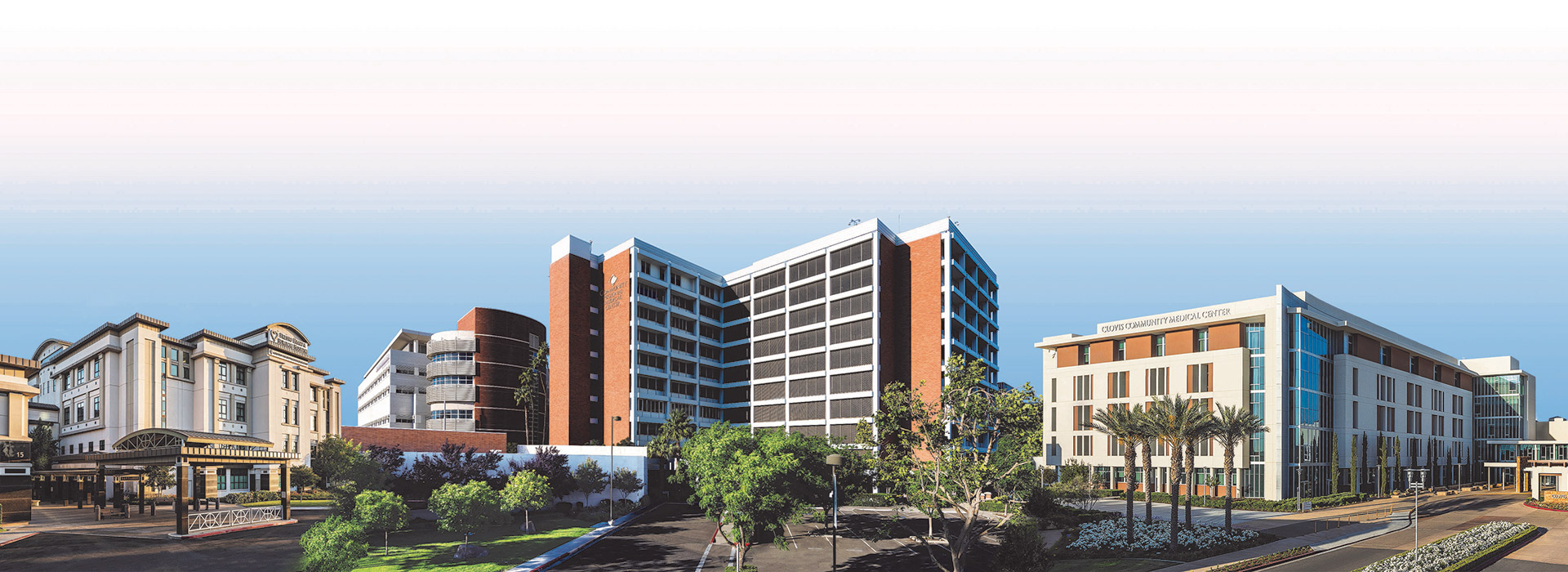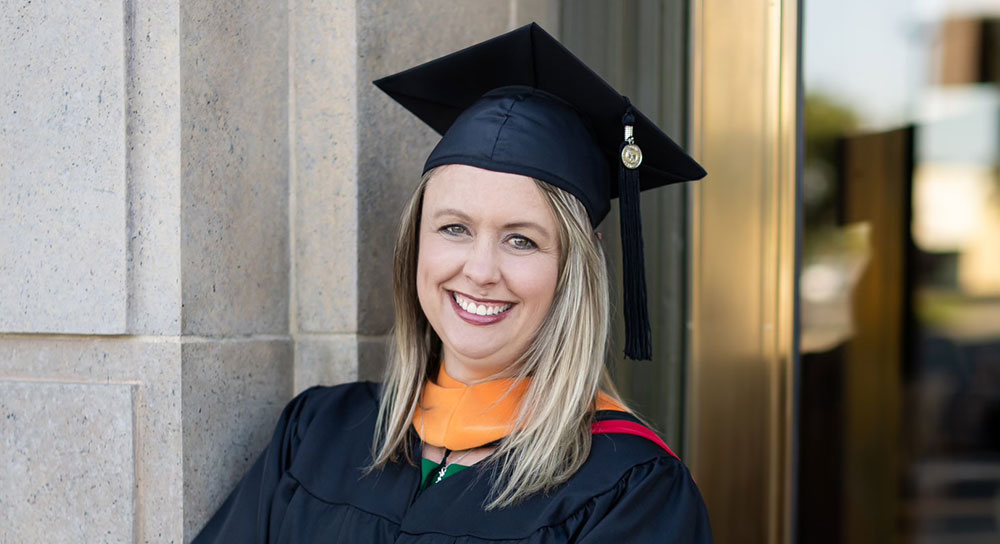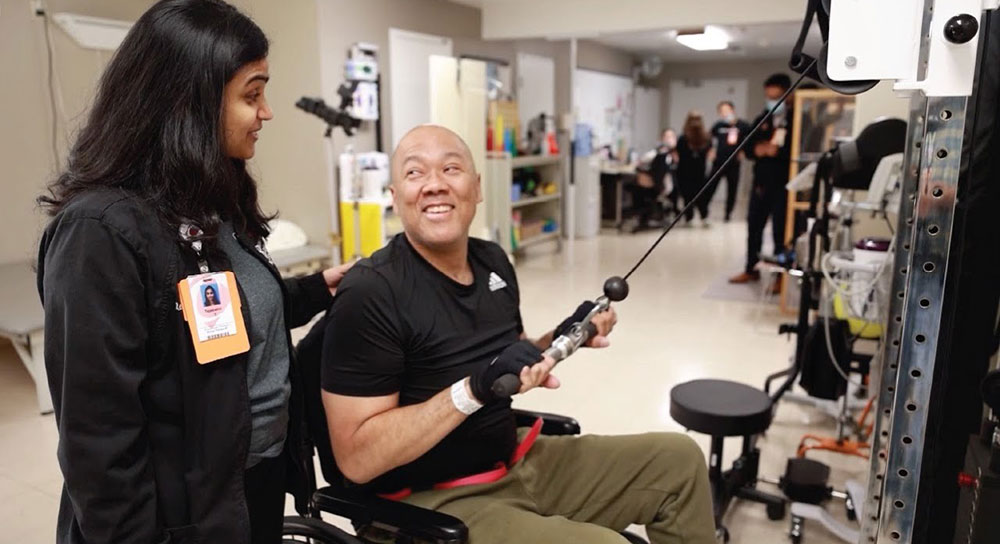Fact is, I think the “state of healthcare” is more robust than when I first signed on to communicate and advocate on medical issues. That’s largely thanks to the 2010 Affordable Care Act. Still, the nation’s so-called system is also a heavy breather on life supports. To me, healthcare expectations generally fall under “delivery, deliverance and dollars.”
Delivery: Since 2010, we’ve added 17 million Americans to the rolls of newly uninsured. Every business says customer satisfaction is Job One. So, those 17 million are a lot of new Job One’s. We didn’t conjure up additional doctors or, in most states including California, allow other medical professionals to perform services historically done by physicians. How long you wait for treatment often depends on where you live and if you need specialized care. The California HealthCare Foundation found that only 52% of Valley primary care physicians were accepting new Medi- Cal patients. In part, that’s because reimbursement doesn’t cover their costs. So, after 15 years, the outlook for delivery/access to care is -- short of hospital emergency departments -- chancy.
Deliverance: Call this surviving vs. thriving. The roadmap would drive Siri nuts. First, the array of healthcare scorecards and “best practices” is confusing, contradictory and stitched with self-interest. Atop scorecards, the US just rolled out this ICD-10 creature -- the 10th revision of the International Statistical Classification of Diseases and Related Health Problems. It adds 125,000 diagnostic and procedural codes to your hospital visit (insect bite, left nostril, second time; arm injury, flying saucer). It may explain why more people work in billing than in hands-on patient care. Lastly, the growth of electronic medical records will be more of a lifesaver once differing computer systems can chat, staffers don’t leave unencrypted flash drives at Starbucks and physicians remember than looking at, listening to and touching patients are at least as critical as the mandated punching and poking at computer workstations.
Dollars: Along with flying a kite with Mary Poppins, our hearts expect when a medical bill arrives, it will be “one and done.” We daydream that the invoice won’t have children and will be only slightly more difficult to swallow than peanut brittle. We should be stunned then, when in a rare moment of bipartisanship, both hospitals and Congress concur that prices and billing practices virtually violate the “first, do no harm” oath. To be fair, providers adapted to poorly crafted rules written 40 years ago that are now being rewritten daily. Payment for each service rendered is being replaced by pay for positive outcomes (and penalties for most anything else). Pharmaceutical profiteers are scalping where they can. And, retirements, mergers and closures have skewed the marketplace to where patients feel like they’ve parachuted at night into a minefield.
Somewhere along this path, we will recognize that getting and staying healthy takes work. And as the patient increasingly becomes the CEO, the levels of expectation and the need for education for said CEO will rise. Be interesting to check back in 15 years to see just how many hospital beds are empty, how many schools have full-time nurses and whether urgent care clinics replace Big Gulp fountains at 7-Eleven’s. Maybe if I dodge another email request for a death notice...
Tuesday, January 12, 2016, 01:02 PM
Death, deliverance, dollars
"Please submit death certificate." That was my “good morning” email from a legit insurance company. When I called, they couldn’t find me in their database. Clearly, as I get ready to retire from a 15-year career in healthcare, I’ve not done enough to register as energetically living.

Editorial Staff
Communications & Public Relations Team
Communications & Public Relations Team
Keywords & Categories
We use cookies and other tools to optimize and enhance your experience on our website. View our Privacy Policy.




